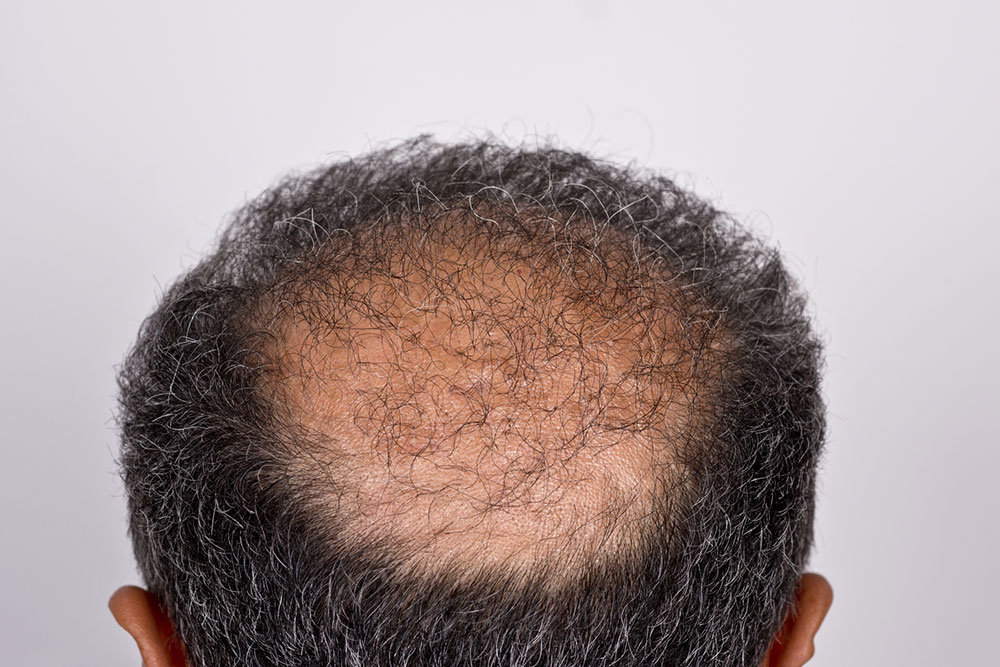Ways to Minimize Swelling in the Limbs
If individuals stand or sit in the same position for long, it can be common to have swollen feet. But, if other symptoms accompany the swelling, it may indicate an underlying health condition. If immediate home remedies do not minimize the foot and ankle swelling, one should opt for prescription treatment. Checking the common dos and don’ts in case of sudden or prolonged swelling can also help manage the pain better.

Top ways to manage swollen feet and ankles
Invest in compression socks
One of the best foot and ankle swelling treatments is using compression socks. You can shop for them online, and they are also available at grocery marts. Ideally, pick compression socks between 15 to 20 mmHg or 12 to 15 mmHg. You can find socks with a graduated compression range or ones that are specifically for sports or travel. Start with lightweight socks, and then look for the ones that offer maximum relief. You can also approach a healthcare professional to confirm the level of compression required.
Elevation
If you experience swelling in your ankles or feet, let gravity do the hard work. You need to elevate your legs above your heart level. It aids in draining the fluid built-up from the lower extremities as you offer your circulatory system some external help by allowing gravity to do the task for you. It is a simple treatment measure. You can elevate your legs with books, pillows, or any accessible object. Some yoga poses like lying on the floor with your legs raised against the wall can also help do the needful.
Epsom salts
Magnesium deficiency might also be responsible for inflammation in the body, resulting in swollen feet and ankles. Epsom salts have magnesium in them that can be absorbed via the skin. So, consider soaking your feet in water with Epsom salts or bathe with the salts to lower the swelling and inflammation in your ankles.
Diuretics
Some diuretics also can help with ankle swelling. They improve one’s urination flow, resulting in the excretion of excess salt from the body and decreasing fluid retention. Typically, three kinds of diuretics can aid in the treatment of foot and ankle swelling. These include potassium-sparing diuretics to maintain potassium in the body, loop diuretics to help in heart failure, and thiazide diuretics to relax the blood vessels. When the swelling from injuries causes immense pain, you can consider pain-relief and anti-inflammatory cures. These do not need a prescription. If you have cellulitis or bacterial infection, you can consult a healthcare professional for the next step. If the swelling is an outcome of an underlying condition, effective disease management can help overcome it.
Improve your water consumption
Regularly drinking water can solve a lot of problems. The same holds for swelling. When dehydrated, the body tends to retain the fluid available on reserve. Consequently, it results in swelling in the ankles, feet, and legs. So, drinking at least eight glasses of water every day can be an effective way to overcome swollen feet and ankles.
Get moving
If you tend to stand or sit in one spot for an extended period, you may get swollen feet. So, aim for at least some movement every hour. It may be a brief walk to the break room or a walk around the block post meals. You can also flex your ankles or knees or take a quick walk around the office.
Massage
If your lymph vessels get damaged, excess fluid retention occurs in the body when the blood pumps through these areas and fails to be eliminated. You can opt for a lymphatic drainage massage that utilizes gentle manual pressure to enable the transportation of the lymph fluid from the body’s tissues to the lymph vessels. This natural treatment can help you get rid of the swelling in the foot and ankle.
Surgical intervention
If no other remedial measure works, the doctor may recommend surgery to reinforce blood vessels by clearing the blockages. The exact process will be explained to you by your primary healthcare professional.
Add magnesium-rich foods to your meals
Swelling in the feet and ankle and water retention are two main symptoms of magnesium deficiency. Making magnesium-rich foods a part of your regular meals can help reduce this problem strategically. Some options that you can add are dark chocolate, spinach, low-fat dairy products like yogurt or milk, fiber-rich whole grains like quinoa, legumes like lima beans and black beans, and nuts and seeds like pumpkin seeds, flaxseeds, almonds, peanuts, and cashews.
There are several different causes of swollen feet and ankles. But, it is predominantly an outcome of the fluid buildup. At times, swelling may also occur as the body’s natural response to infections or injury. It is advisable not to neglect the pain and continue to put pressure on the limb since you may aggravate the condition. Instead, consult with your primary healthcare professional at the earliest.




